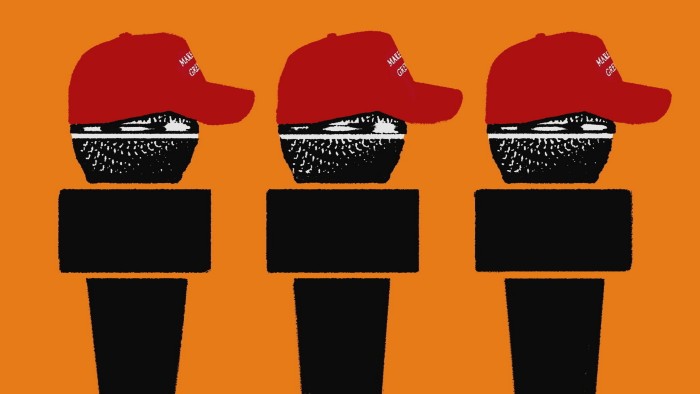Understanding the White House’s New Media Strategy
In a recent briefing that deviated from traditional press interactions, White House Press Secretary Karoline Leavitt addressed a unique audience made up of social media influencers rather than established journalists. This gathering, labeled a “New Media” briefing, aimed to communicate the administration’s narratives through influencers with substantial followings.
Setting the Scene: The New Media Briefing
The briefing featured Kambree Nelson, a prominent social media figure and grassroots activist associated with the American First Policy Institute. During her interaction with Leavitt, Nelson asked for guidance on propagating the administration’s messages, highlighting a significant shift in the dynamics between government communication and media.
Shifts in Media Dynamics
This event marks a strategic move by the White House to undermine what it terms “legacy media.” Leavitt’s comments emphasized a viewpoint that traditional media outlets often overlook the more favorable actions of the current administration. She stated, “The president is doing so many phenomenal things every day that will never be mentioned on cable news,” underscoring a perception that mainstream media is biased against the Trump administration.
Changing Press Relations
This is not the first time the Trump administration has adopted unconventional approaches to press relations. Notably, the administration has previously restricted certain media outlets from participation in briefings and launched its own news-style website, emphasizing positive narratives about the president.
Changing Landscape of Journalism
A 2022 study conducted by Syracuse University revealed a significant disparity in political representation among American journalists, with only 3.4% identifying as Republicans compared to a much higher percentage identifying as Democrats. This discrepancy has fueled claims of institutional bias among traditional media outlets.
The Risks of Favoring Influencers
The White House’s reliance on influencers rather than professional journalists raises concerns about the quality of information disseminated to the public. Unlike traditional media, which typically employs rigorous journalistic standards, influencer-led communication may lack the depth and accuracy necessary for informed public discourse.
The Implications
The prioritization of influencers over seasoned journalists in White House communications poses significant challenges. By favoring allies who promote favorable views, the administration may risk alienating mainstream media and, ultimately, the broader public. The approach bears similarities to methods observed in authoritarian regimes, focusing on controlled messaging rather than diverse, critical discourse.
Conclusion
The shift towards what the Trump administration calls “New Media” raises questions about the future of journalism and the role of government in shaping public narratives. As the landscape evolves, remaining vigilant about the quality of information becomes imperative for a well-informed citizenry.
For more information, visit the White House website.


